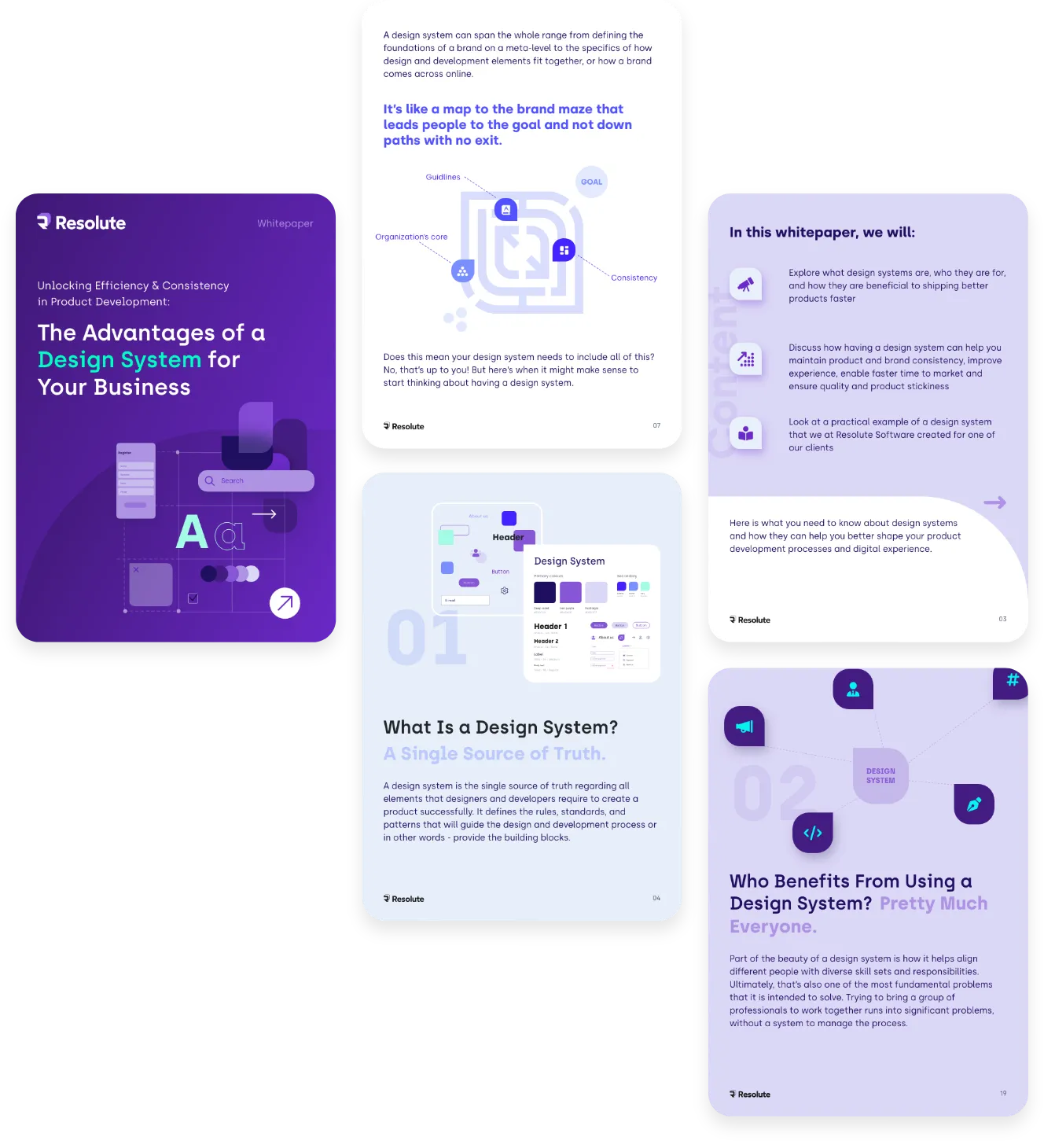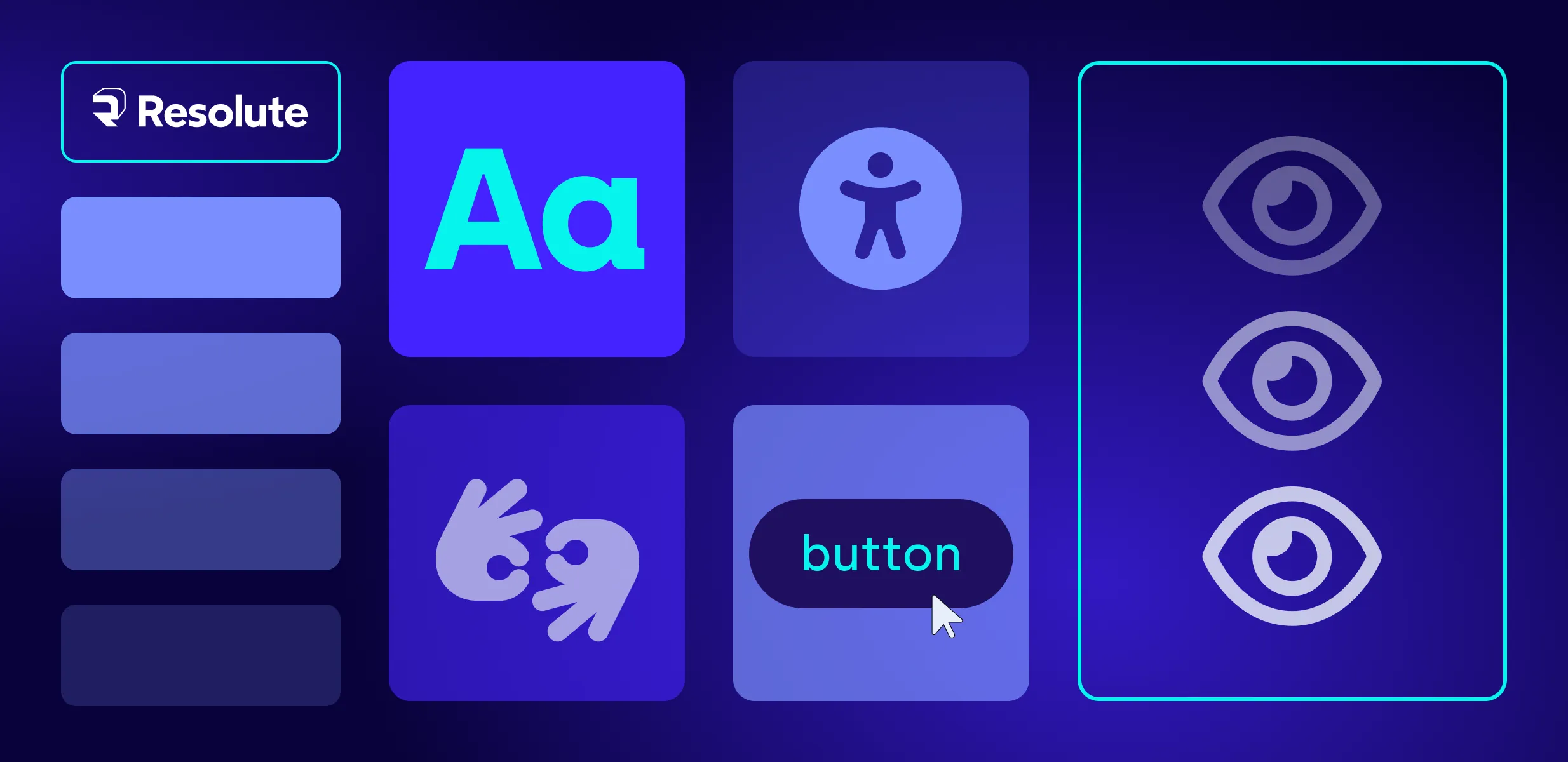
What makes a brand?
Branding is a popular topic these days. Many businesses claim to have it, while others consider it useless. So, what is branding, after all? How important is having a logo? Why are colors and fonts relevant? Should you be concerned with tone of voice? These are the questions we'll be answering in this blog post.

What is branding?
Generally speaking, branding is how you present your business to the world. As humans, we are adept at recognizing patterns. Our brains use this ability to make sense of the world in the most energy-efficient way possible—a great brand leverages this by simulating an actual human personality. Once a company's values are synthesized, branding aims to translate them into visual and linguistic patterns. Typically, this results in a comprehensive document detailing how each value is understood and converted into a systematic visual or verbal language. This includes everything from constructing sentences when the company "speaks" to the shapes and photographs it uses to convey its message.
What is a logo, and why should you have one?
There's a universal misconception about what logos are. Technically, we distinguish between three main types of logos: the logotype, the brandmark, and the combination.
The logotype
In simple terms, a logotype is the way the company's name is written. Like our signature, it can reveal a lot about the company's personality. It's crucial to make it not only pleasing but also relevant. Remember how I mentioned that humans are good at recognizing patterns? The way something is written gives us a hint about the context in which to place this information.


There can be even more subtle differences that make a huge impact. Even if you decide to design on your own, make sure to consult with a graphic designer.
The brandmark
This is the pictogram or monogram businesses sometimes use to distinguish themselves from others. Its purpose is to make the company recognizable without pairing it with its name. A great example of a pictogram logo is Nike's swoosh. An example of a monogram logo is Warner Brothers. A brandmark can be abstract or very specific, detailed or minimalistic. There's a broad spectrum to choose from, but the essential quality to look for is legibility. Unless you're a death metal band—then it's the only quality to avoid. Just kidding. Or maybe not.
The combination
Sometimes, a logo consists of both elements simultaneously, and the two parts are never used separately. This is usually the best option for small to medium-sized businesses without brand awareness yet. But that doesn't mean big companies don't use it. Burger King and Amazon are prime examples.
The choice should correspond to the company's particular needs, but it's always good to have a logo. This way, you're creating a simple association in people's minds and satisfying their need for pattern recognition. So, next time they see this

, they know it's a software company, not a Star Trek spacecraft.
Why do colors, shapes, and fonts matter?
If a logo is the company's signature, the rest is the brand's personality. Like a normal human being, personalities usually have traits. We, as people, have different visual qualities, physical abilities, and mental capacities. We come from various ethnic backgrounds, hold different traditions, identify with subgroups, and perform different professions. All these aspects shape our personality both physically and metaphysically. Given that people love patterns, creating a consistent visual flow of information conveys the message better and further.
For a real-life example, let's imagine your friend Jane. She's a petite woman, has four children, lives in the suburbs, and has blue eyes and blond hair. Jane dresses modestly, bakes excellent cookies, and speaks in a soft, soothing tone. One day, you see her with bright blue hair, wearing a leather jacket with a spiked collar, and yelling at everyone. Something is wrong with Jane, right? A brand has a color palette, shapes, and fonts instead of hair, clothes, and speech. If you want people to perceive your brand in a certain way, create boundaries and guidelines that define and support the company's message and values. Otherwise, people will think that Jane's gone insane and won't trust her anymore.
Why is tone of voice the last piece of the brand puzzle?
To complete the personality of the brand—it's as simple as that. When people share our thoughts, we usually speak in a particular manner, believe in specific topics, and hold a set of values. The way something is said depends significantly on who is saying it. One thing is your CEO telling you to "Make it happen today!" and another is Martin Luther King Jr. saying the same to a crowd. The context in which the phrase is used also matters greatly. "Make it happen today!" wouldn't be a great slogan for a mortuary, but it would do fantastic for a photo studio.
Words, phrases, placement, and statements need to be handled with great care and should be consistent with the brand. If the colors are bright and happy, the tone should reflect that. Use longer words and more complex sentences if they're serious and calm. But the most important thing to remember is who you're talking to. Brands and the content they produce should always be directed at the clients. It should cater to their needs and resonate with their perspective.
A brand should be someone your clients want to be best friends with. Someone they can rely on, identify with, and trust. Someone consistent and understanding. Creating this is a journey. Just like people, brands also evolve and grow. They get things just right or make mistakes. Like people, brand identity should be open to evaluation without losing itself in the process and staying true while listening to feedback. Creating a cohesive experience is what sets a brand apart from its competitors. So, is branding important? You decide.
Harnessing design systems for brand consistency
Design systems are like toolkits for digital product creation, combining rules, practices, and visual components everyone can use. They help ensure that every product looks and feels the same, making brands recognizable. It's vital to include branding fundamentals in these systems to keep everything consistent across different projects. Resolute's design system guide offers practical advice and examples, making it easier to develop products efficiently while keeping the brand's look consistent. Get your copy below.
FAQ
Branding is the process of presenting your business to the world by simulating a human personality, synthesizing a company's values into visual and linguistic patterns that include logos, colors, fonts, and tone of voice, among other elements.
A logo acts as the company's signature, creating a simple association in people's minds. This satisfies their need for pattern recognition and helps make your business easily recognizable and memorable.
There are three main types: the logotype, which is the stylized writing of the company's name; the brandmark, which is a pictogram or monogram used to represent the company; and the combination, which integrates both the logotype and brandmark.
Colors, shapes, and fonts are visual components that convey the characteristics of a brand, similar to how a person's physical appearance and dress express their personality. Consistent use of these elements helps to communicate the brand's message and values effectively.
Branding is not limited to visual elements; it also encompasses the verbal side of communication, such as tone, language, and messaging, all of which contribute to how a brand is perceived.







